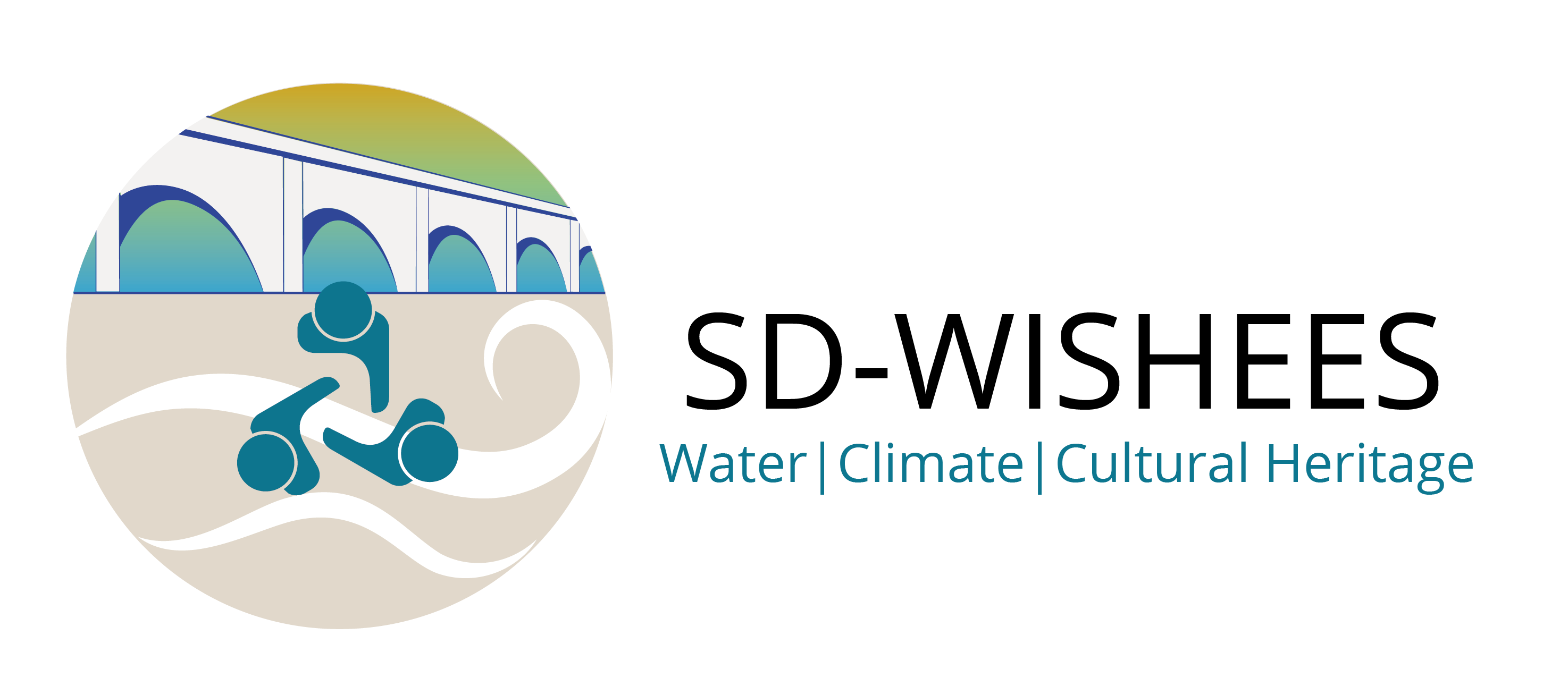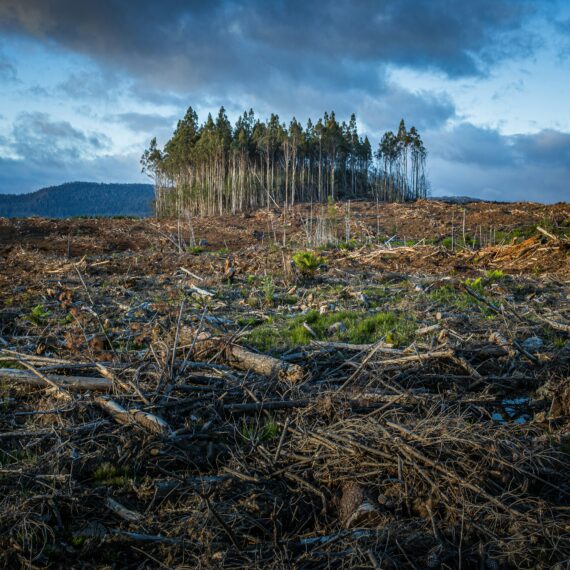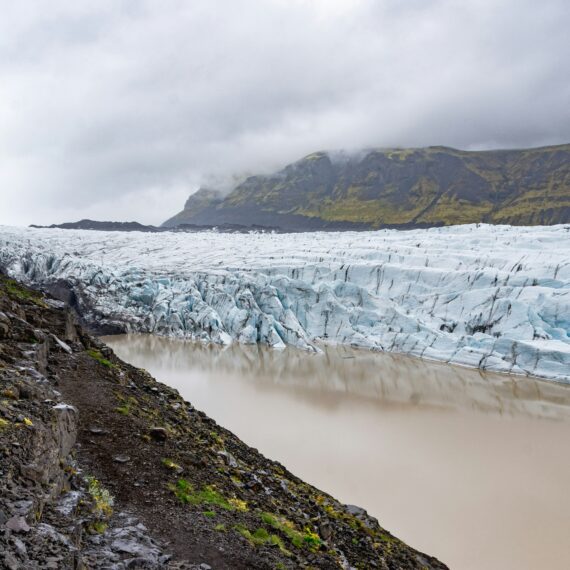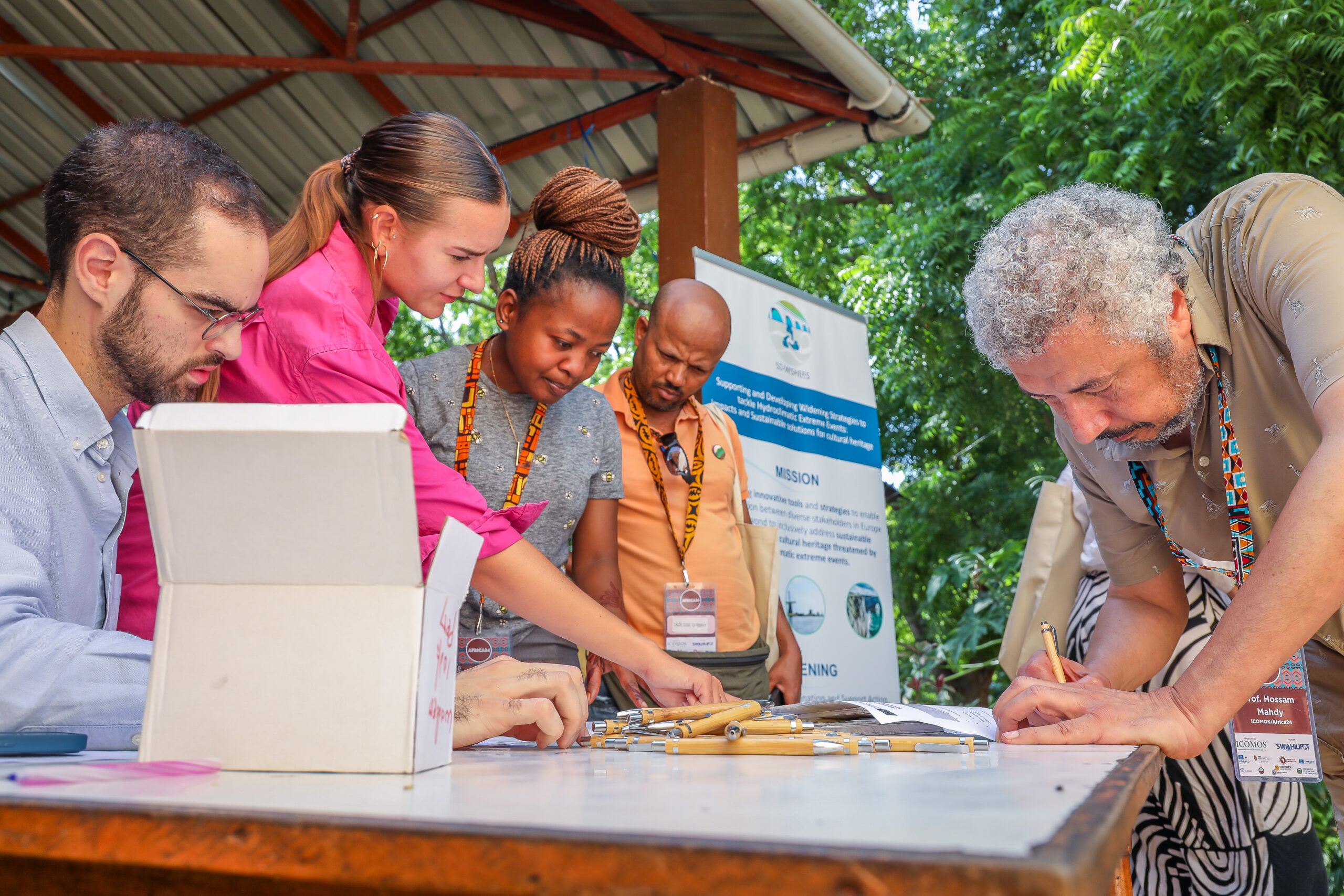What is the Roadmap?
As part of the SD-WISHEES project, a consultative draft roadmap is being developed to identify strategic research and innovation (R&I) needs and priorities at the intersection of extreme hydroclimatic events and cultural heritage.
The roadmap aims to identify knowledge gaps, highlight good practices, and provide concrete R&I pathways that support the protection, adaptation, and resilience of cultural heritage facing increasing climate-related risks. It places a strong emphasis on strengthening collaboration within the EU and with strategic partner regions, particularly the Balkans and Africa.
Objectives:
- Define pathways for strengthening R&I cooperation within the EU and between the EU and the EU’s strategic priority regions (Balkans and Africa) to address the intersection of water, climate change, and cultural heritage.
- Identify strategic R&I priorities by highlighting key areas with research and innovation gaps related to the impacts of extreme hydroclimatic events on cultural heritage and providing research policy recommendations to inform future research agenda
- Showcase best practices & success stories by highlighting existing initiatives and collaborative projects that can serve as models for future actions or which provide lessons learnt that can guide future efforts and promote effective solutions.
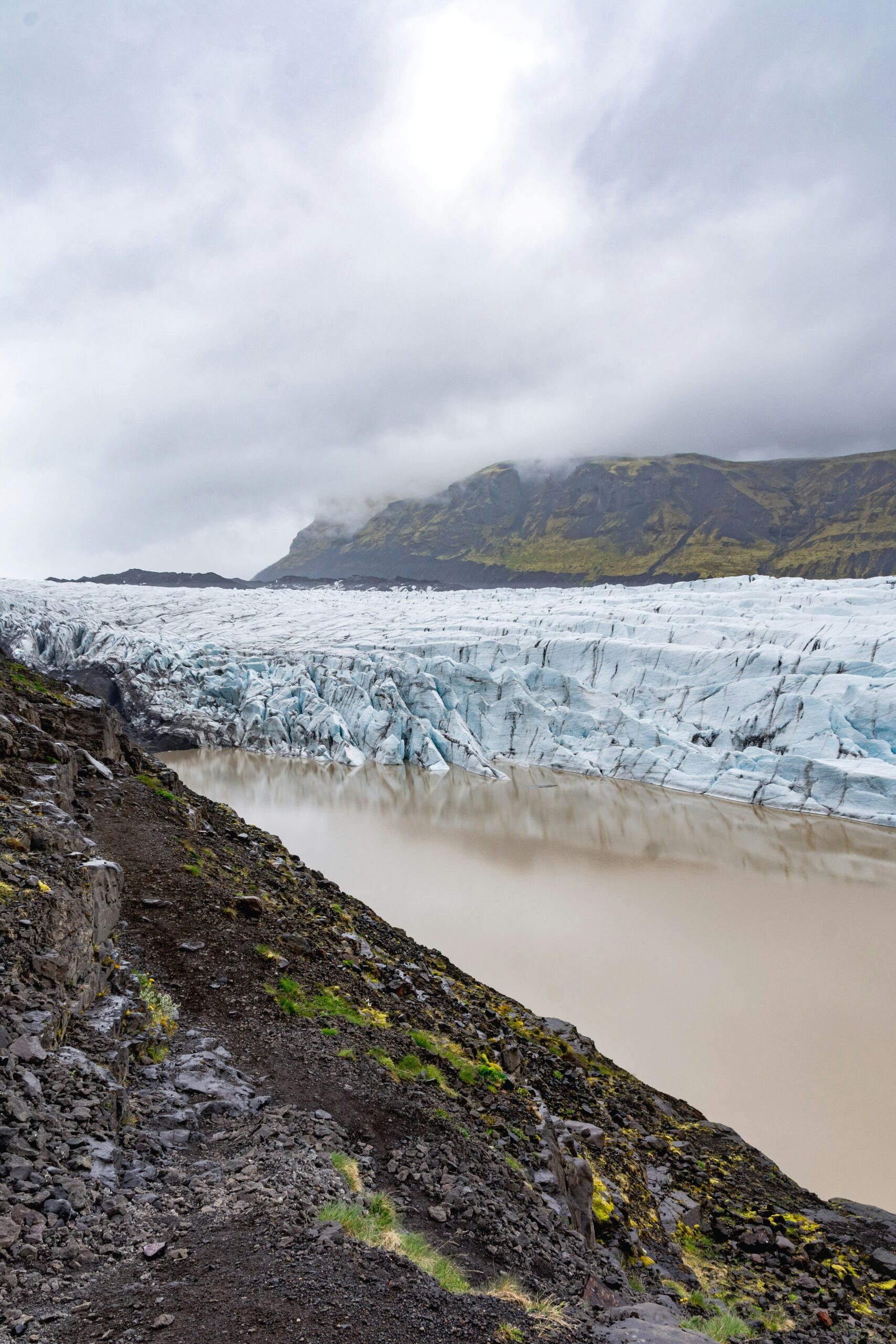
The Road Mapping Process
Mapping Knowledge Through Literature Review
The road mapping process began with a structured literature review aimed at identifying research and innovation gaps at the intersection of hydroclimatic extremes, cultural heritage, and climate change.
Experts from across the project team contributed insights using a shared template, covering a range of geographic contexts, including regions in Europe, the Balkans, and Africa. In total, 51 sources were reviewed, including peer-reviewed articles, project reports, and policy documents published between 2013 and 2024.
The review captured key information on:
- Types of climate-related hazards (e.g., floods, droughts, landslides)
- Forms of cultural heritage affected (tangible, intangible, and natural)
- Anticipated impacts and current adaptation measures
- Identified needs, barriers, and promising practices
Several common findings emerged from the analysis. Key barriers included a lack of clear guidance for heritage adaptation, limited data availability, low use of digital tools, and the underrepresentation of intangible heritage. Institutional, financial, and governance challenges were also widely noted.
Workshops

©2025 CNR, All Rights Reserved.
